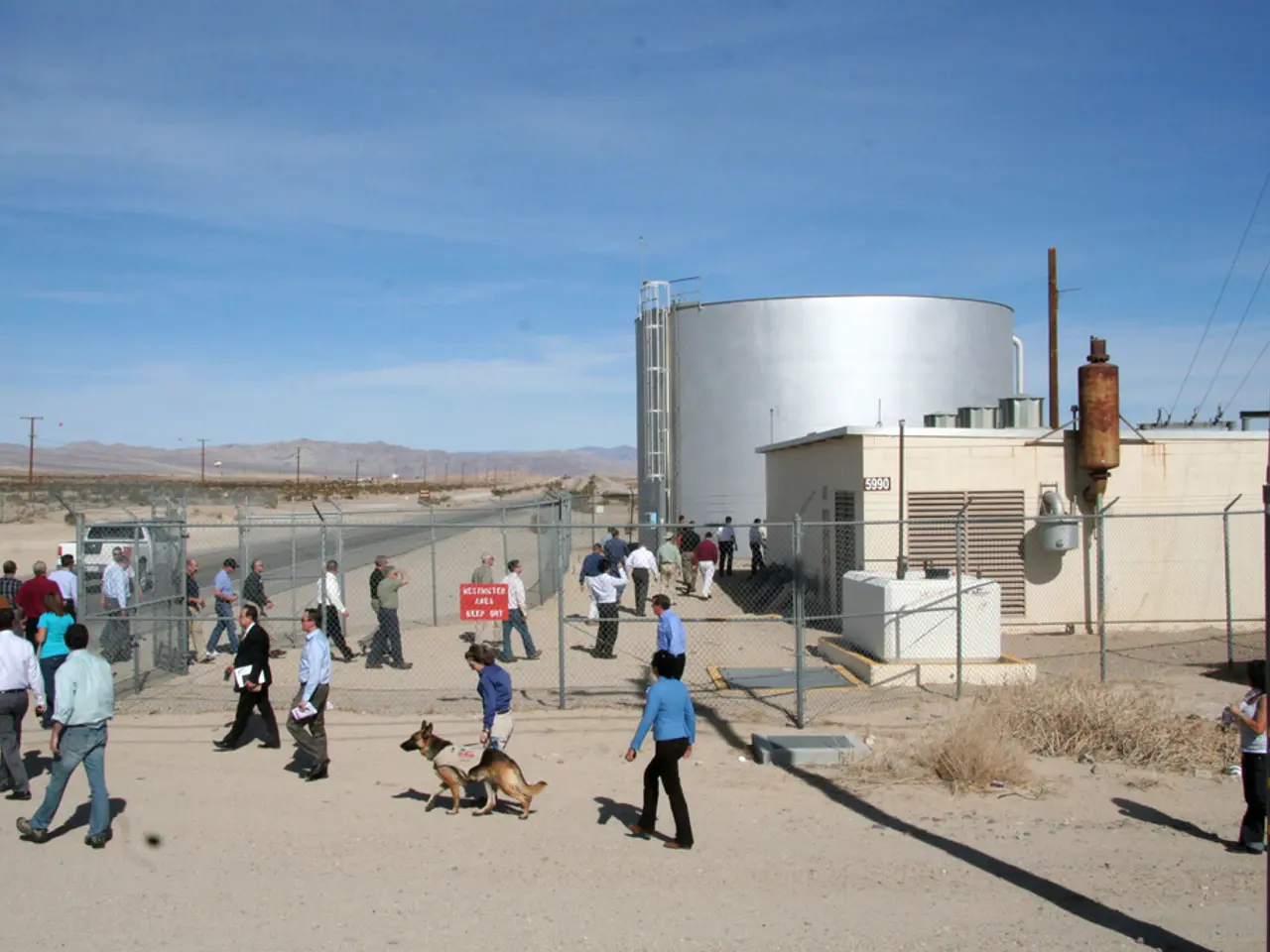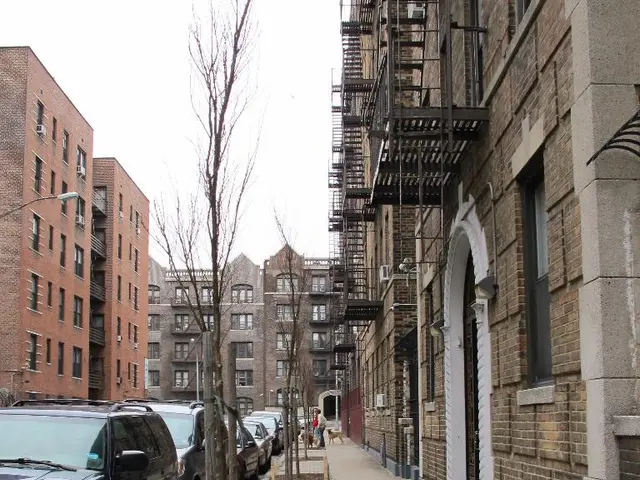Women Prisoners Worldwide Face Unique Challenges, From Overcrowding to Inadequate Support
Women prisoners worldwide face unique challenges, from overcrowded prisons to inadequate support. Local media, like Indonesia's Rubah Merah, strive to amplify their voices. Meanwhile, women's incarceration rates are rising faster than men's.
Rubah Merah, since 2014, has empowered Indonesian women prisoners by teaching them to write and publish their stories. This helps bring attention to their plight.
Globally, women represent 2 to 10 percent of prisoners but are often overlooked in male-centric criminal justice systems. They frequently end up behind bars for minor offenses, self-defense, or abortion. Even low-risk women often remain imprisoned, including political prisoners and those awaiting trial.
Overcrowding in prisons and police stations heightens COVID-19 risks. In Brazil, over 3,000 mothers and pregnant women still languish in prison instead of serving house arrest. Women also face higher risks of sexual abuse and insults, with reported suicides due to institutional gender violence. Fewer visits, especially during COVID-19, exacerbate isolation. In some places, lack of visitation rights means lack of basic necessities like food, medicine, and hygiene products.
Women prisoners worldwide need attention and support. Initiatives like Rubah Merah can help amplify their voices. Governments must address overcrowding, provide adequate support, and consider alternatives to imprisonment for low-risk women.






